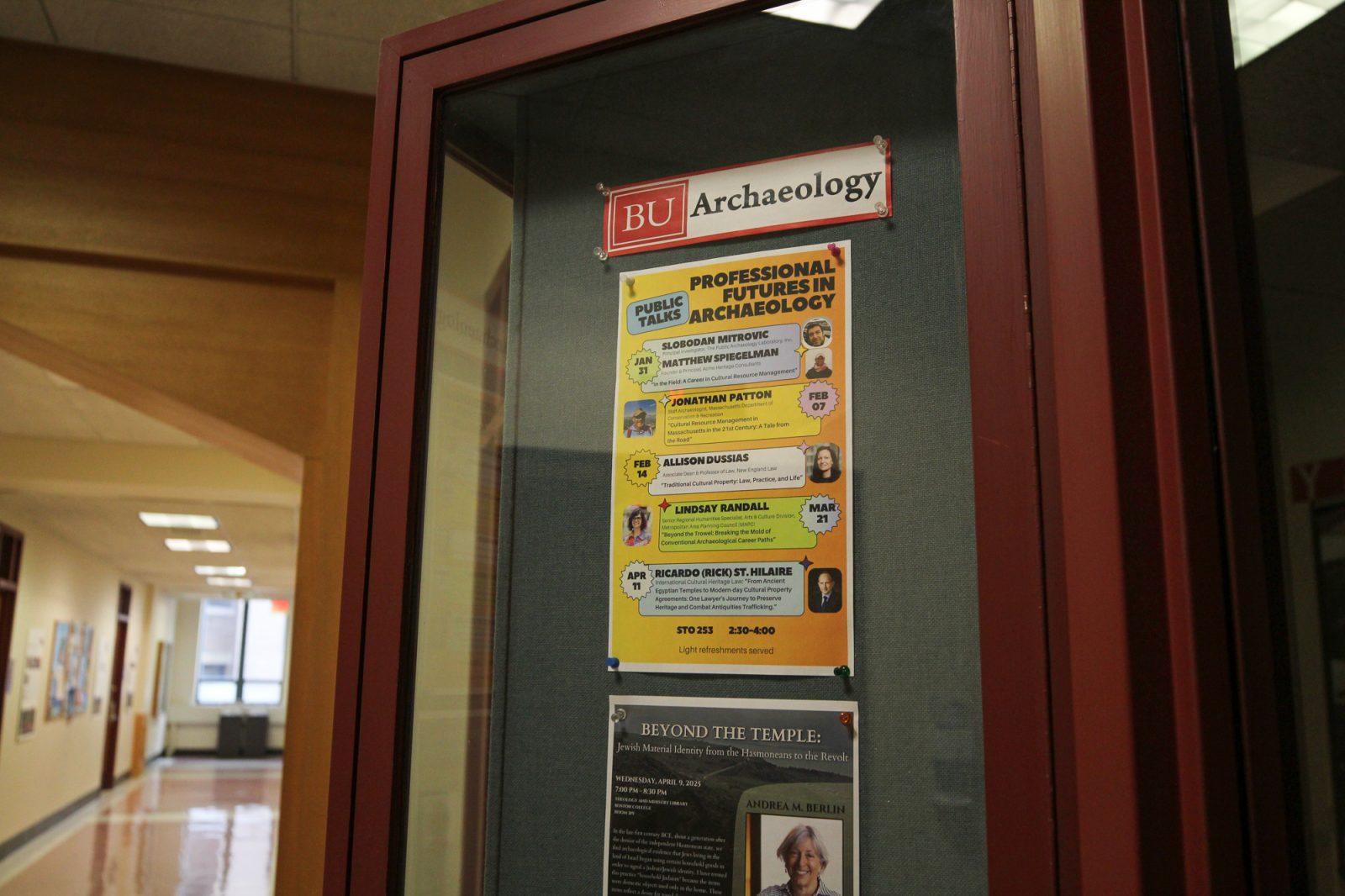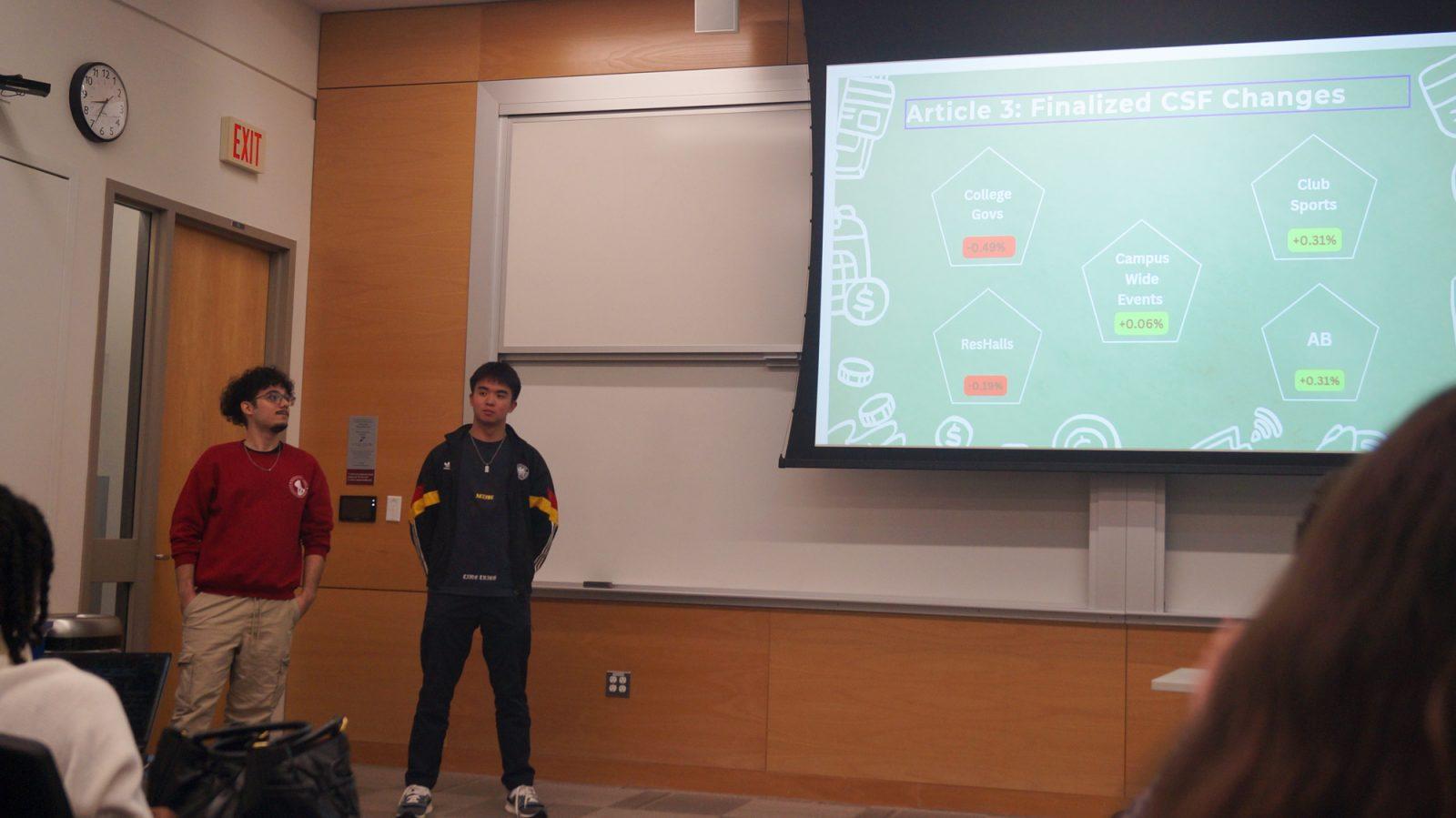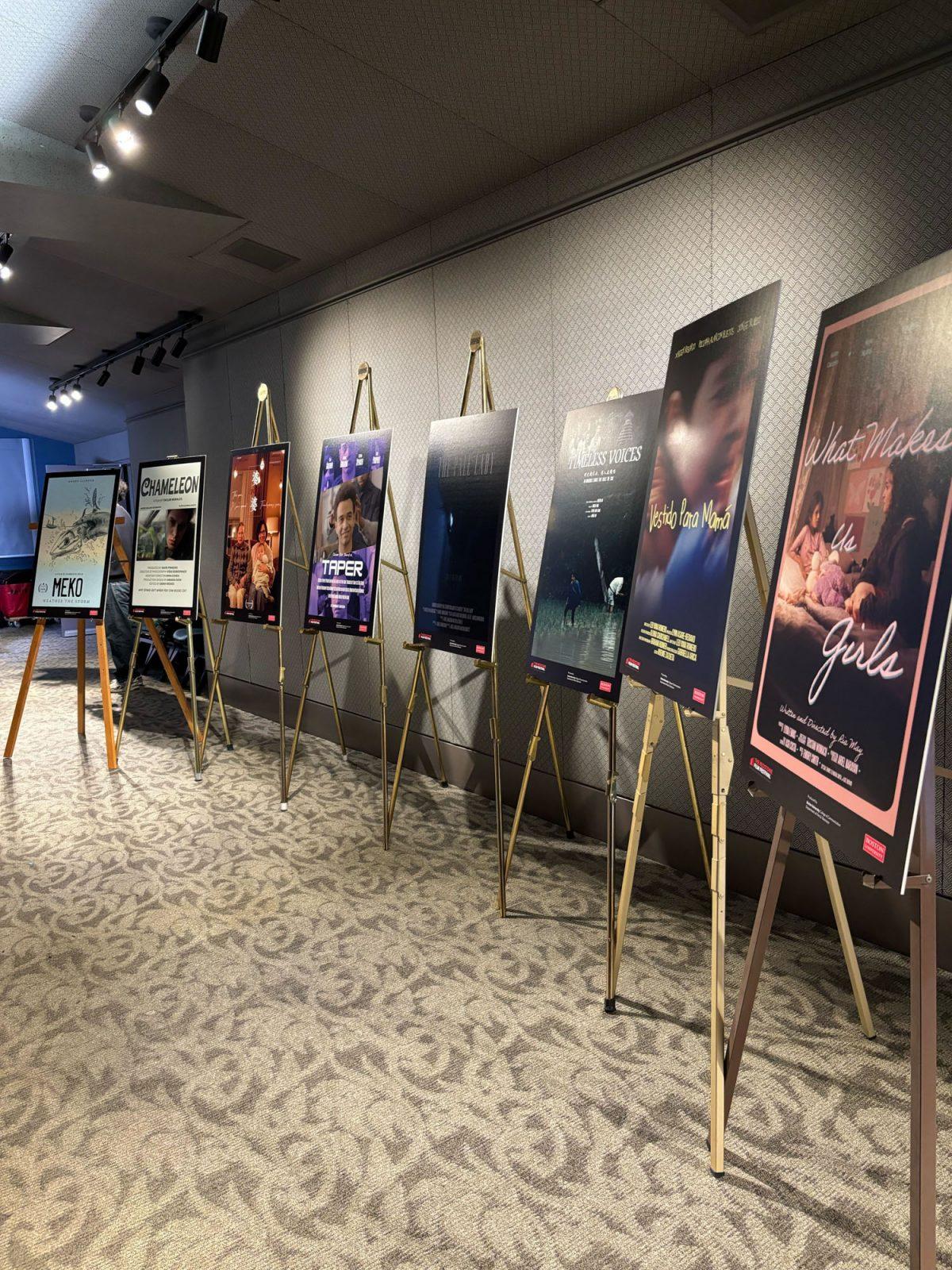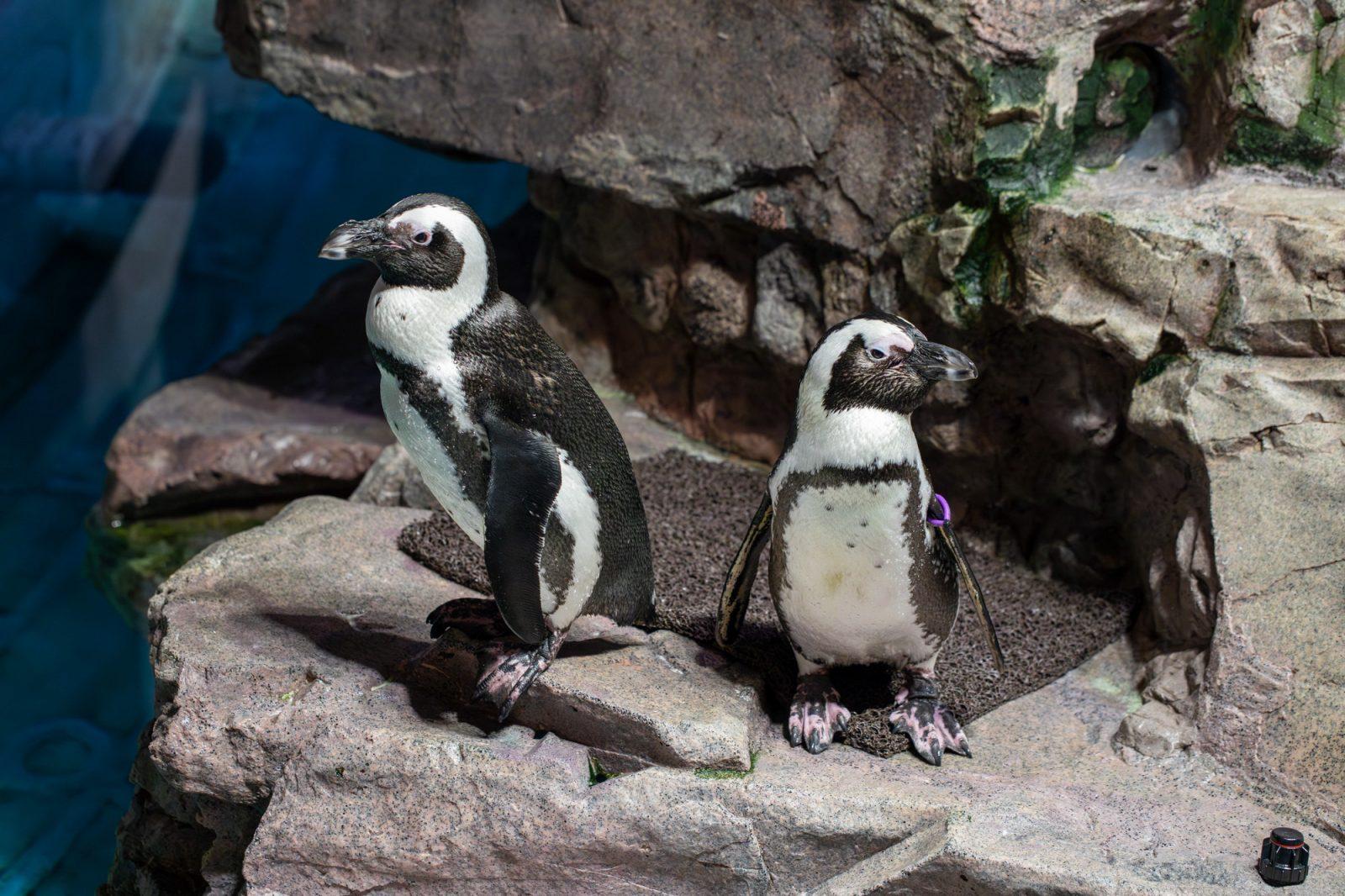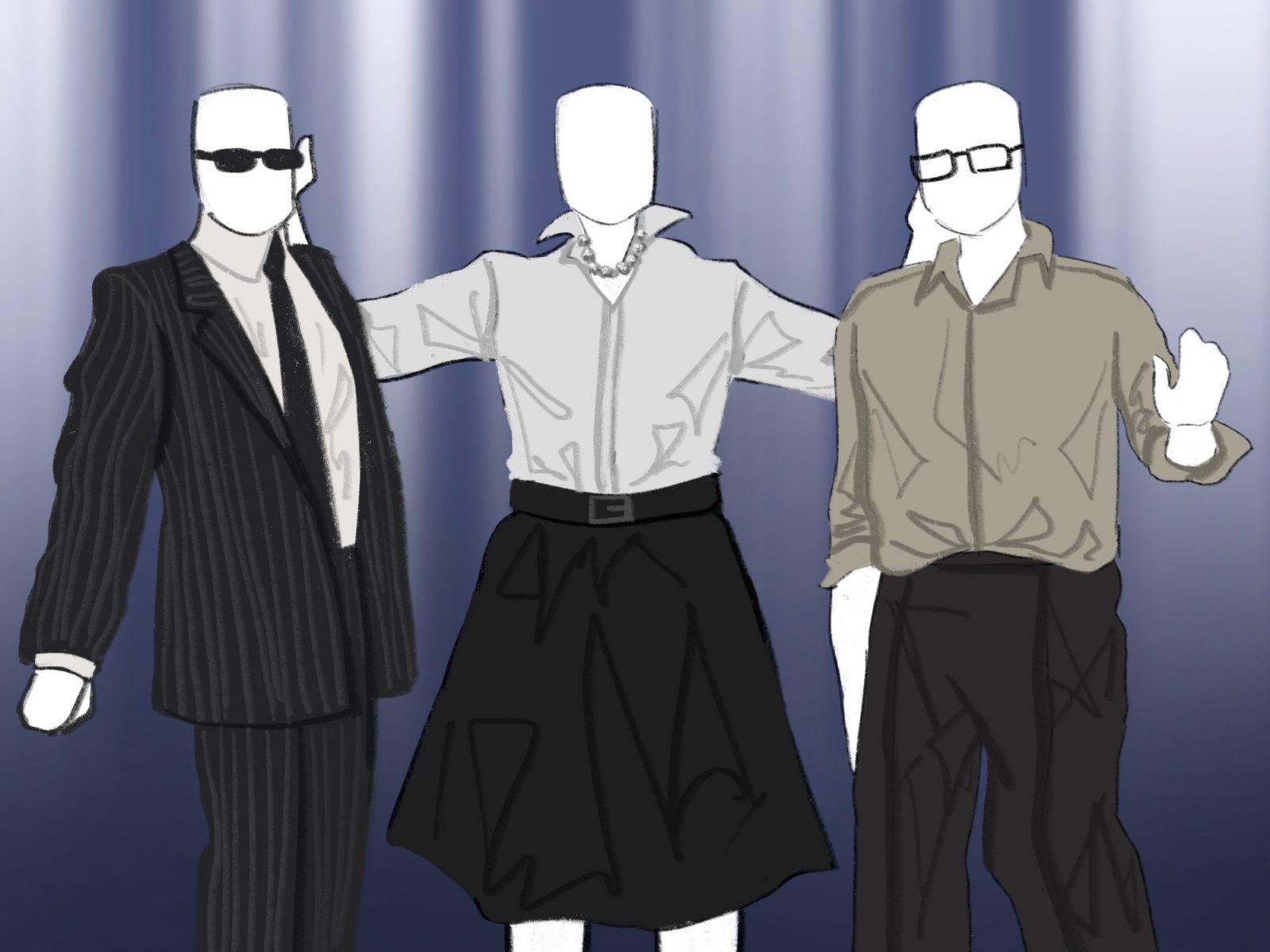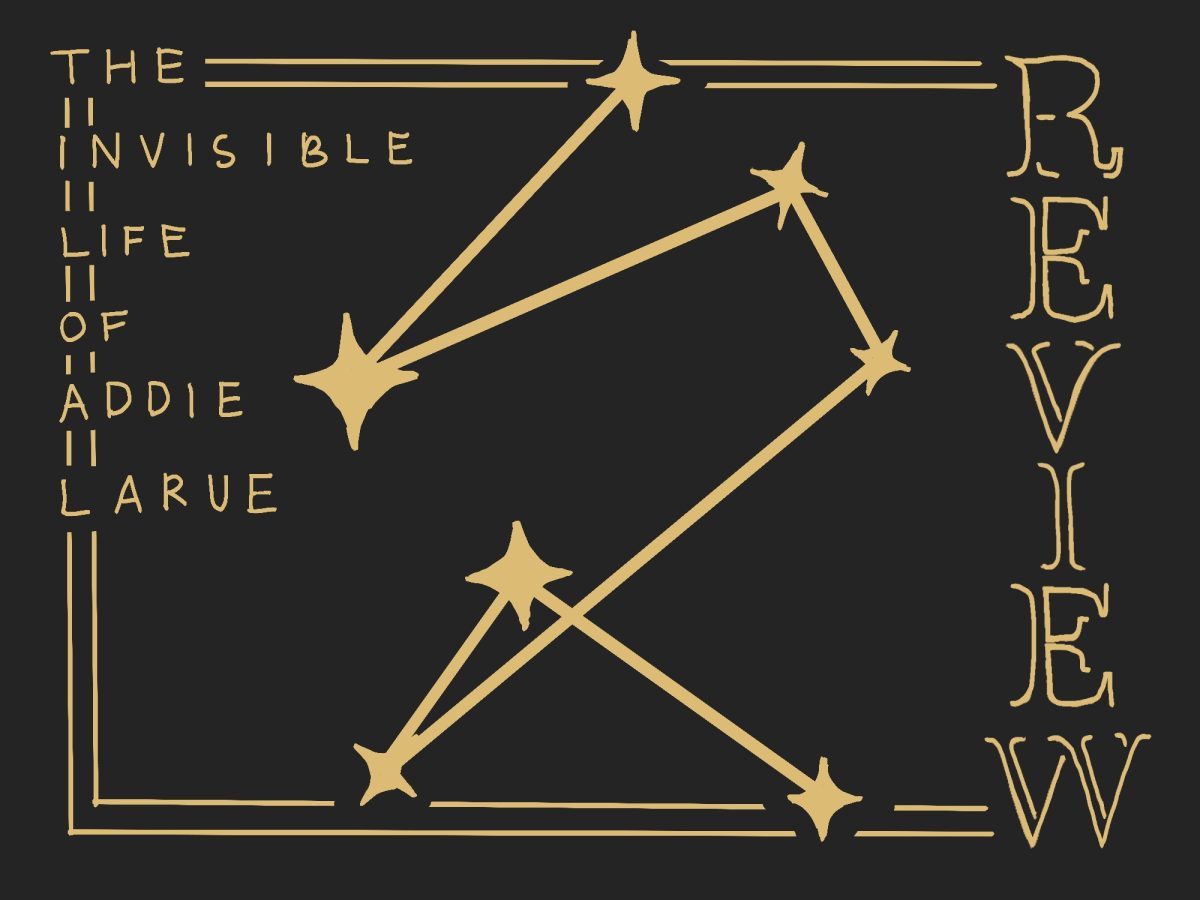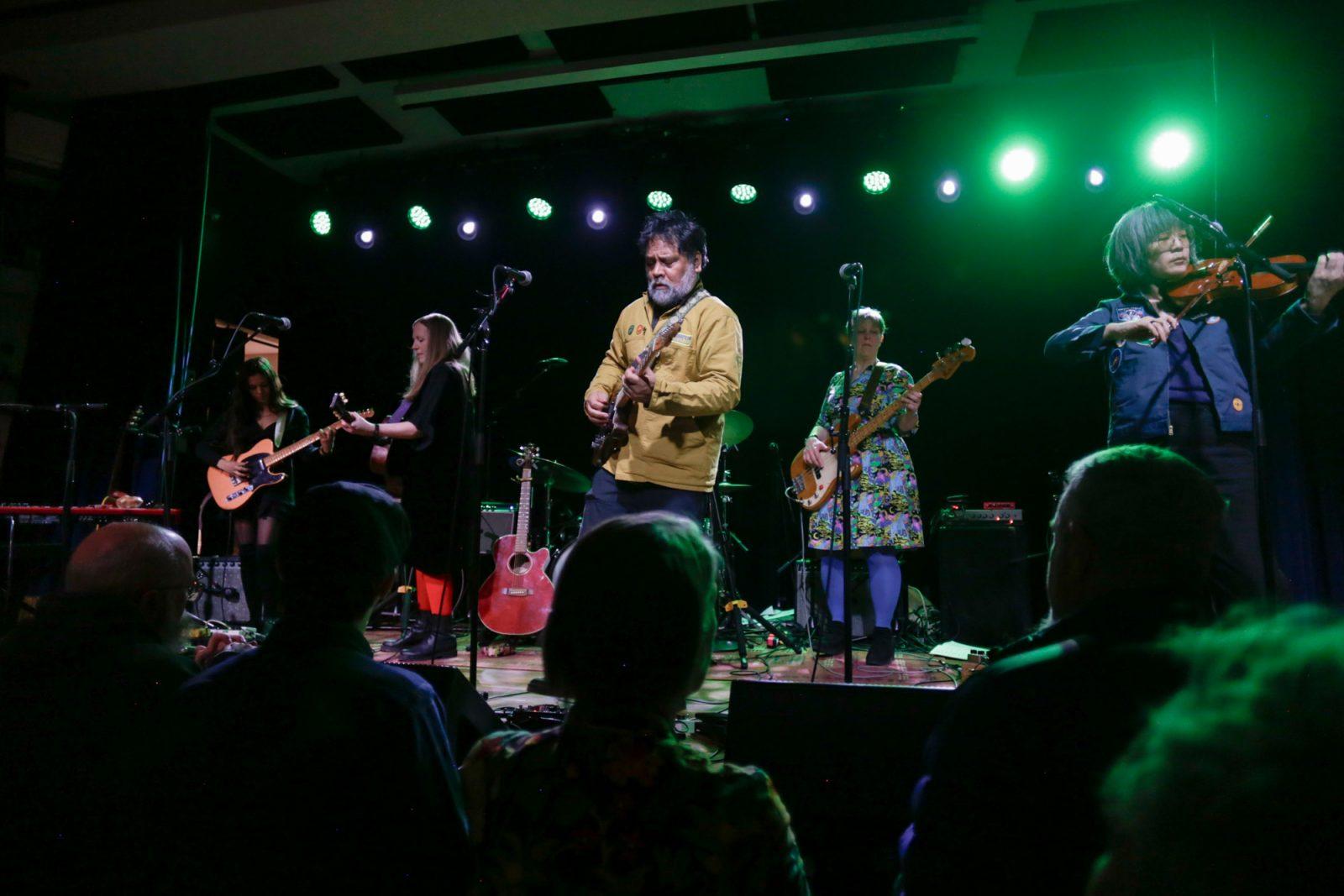“Five climates. Six climbers. 19,340 feet of mountain.” This is the tagline of the latest movie showing at the Museum of Science’s famous Omni Theatre. “Kilimanjaro: To the Roof of Africa” recounts to packed auditoriums the grueling yet somehow fulfilling experience of climbing Mount Kilimanjaro. Technically, it is a volcano, but since it hasn’t erupted in approximately 1,000 years, it is currently considered inactive. The movie invites everybody to join a crew of five amateurs led by a professional mountain guide as they journey to the top of the world’s tallest freestanding mountain.
Like a modern-day and much hipper version of “Canterbury Tales,” “Kilimanjaro” brings together a bunch of very different people, ranging from a Tanzanian teen to a Dutch model, who share their stories and partake of the profound experience. The irony, of course, lies in that on top of the mountain most participants yearned so much for a bath and other home comforts that even the age-old glaciers enticed only two of the original six hikers.
Before the film ever starts rolling, scrambling for seats becomes a story in itself. Two zigzagging, pitch-dark corridors lead to the theatre, upon entering, it feels like you’ve been swallowed by a giant mollusk whose belly conveniently provides seating. The rows ascend at a steep incline, so getting to the top provides a free opportunity to practice for climbing Kilimanjaro.
The fun begins when a nice voice warns the audience to turn off all cell phones, refrain from smoking and not panic in case of motion sickness. After this not-so-reassuring introduction, the screen lights up above and to the sides as well. As miles upon miles of African savannah roll with the speed of an errant treadmill on a screen, the experience of squatting in a chair that encompasses at least half of the dome really makes one wish she had not downed that venti macchiato at Starbucks 20 minutes ago.
Elephants and giraffes bathe their young or prance around the prairie as a pleasant male voice with a heavy African accent (which sounds more like a Jamaican one) invites you to come along on the journey of a lifetime. Only this time, it’s not the “come to Jamaica and feel alright” promo commercial. The voice then proceeds to list impressive factoids about Kilimanjaro, which means “mountain of greatness.” Meanwhile, the screen fills up with numerous birds as a startled flock lifts off from the ground and seems to head directly for the audience. This is when instructions about what to do in case of motion sickness really come in handy. Just as you expect to hear an unpleasant squashing sound of something hitting your windshield, the picture changes.
A brownish-red mountain with a huge icecap looms above a mass of white fluff that looks like sea-foam in freeze-frame. The immobility gives away that this foam is, in reality, a sea of clouds, and the mountain that appears on screen is just the top half of Kilimanjaro. After this impressive footage, the voice becomes a face — the face of Jacob Kyungai, the mountain guide, who introduces the members of the trek.
The crew includes: Roger Bilham, a professor of geology at the University of Colorado at Boulder; Audrey Salkeld, an award-winning historian specializing in mountains; and Heidi Albertsen, a model, painter, and mountaineer who gives reason for teenage boys to see “Kilimanjaro.” Two members tip the age group balance toward the kiddy side: Nicole Wineland-Thomson, a 12-year-old self-proclaimed “seasoned world traveler” and Massachusetts native, who vowed to climb the mountain after her father told her that he ascended it in 1979 (in typical teenage spirit, trying to outdo the ‘rents,) and Hans “Hansi” Mmari, a Tanzanian teenager who is the most fascinating member of the crew. Having practically reached the summit, Hansi sprained his knee, but bravely kept on going so as not to slow down the others. Mountain guide Jacob Kyungai, the final member of the group, provided all the key information about Kilimanjaro.
When the mountain was first discovered centuries ago, explorers could not believe that on the equator there could stand a snow-capped volcano. Only in 1889 was Kilimanjaro’s summit reached for the first time and since then, it has become a popular attraction for hikers and tourists who seek self-fulfillment where oxygen is sparse. To get to the 19,340-foot summit, the hikers must pass through five climates — the rainforest at 6,500 ft, heath zone at 9,000 ft. moorland at 10,500 ft. alpine desert at 15,000 ft. and alpine plain at 16,000 ft.
From the muddy slopes of rainforest to the barren plains of ice, the crew kept going in good spirit, if not in very good condition. Aside from Hansi’s sprained knee, Audrey experienced heart problems as oxygen became more and more of a luxury item atop the mountain. In the form of confessions, each crew member recounted the problems and gratifications of the journey, so the happy ending (yes, everybody got to the top,) came after a very sobering first-hand account of all the difficulties faced along the way. Among such chilling reminders of human frailty was a plaque in memory of Michael A. Sullivan, who died of altitude sickness in 1972.
Finally atop Mount Kilimanjaro, Jacob and Roger went to see the glaciers. Although immense, the glaciers one can see today are tiny remnants of the massive cap of 1,000 years ago. But not to worry: icecaps are scheduled to reappear in the next ice age. What a relief!
Compared to a $10 flick, Omni’s “Kilimanjaro” is as grandiose as the mountain itself is compared to some puny little volcano like, say, Vesuvius. The sheer experience of visualizing one of the world’s most beautiful places from the perspective of a camera that hovers miles and miles above a prairie proves worthy of getting tickets for a show that sells out very fast, waiting in line among yelling kids and hissing parents and even paying the ridiculous parking fee at the museum’s garage. After watching “Kilimanjaro,” even the most cynical viewer will agree how puny the human body is, and also how little it hasn’t accomplished yet.
“Kilimanjaro” is showing in limited release in the Omni Theatre at the Museum of Science. Shows are daily and tickets are available either at the box office in the front lobby or at www.mos.org. The Museum of Science is also welcoming the return of IMAX feature “Everest.”

